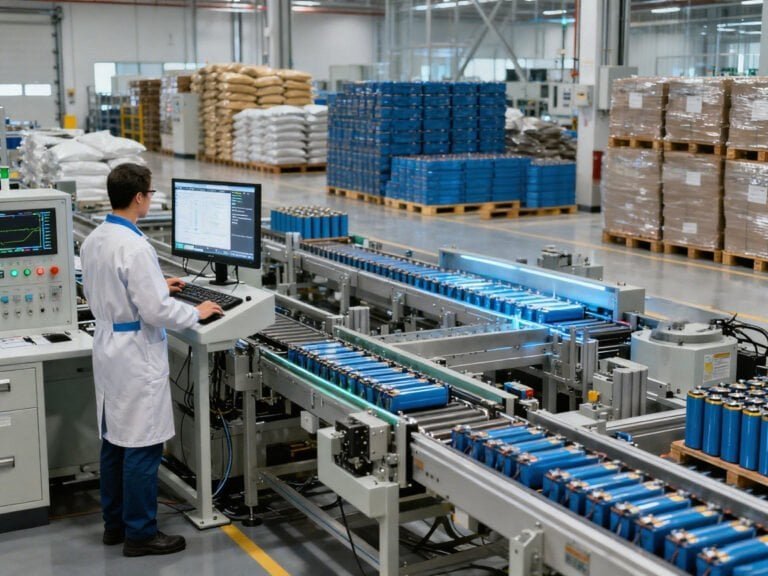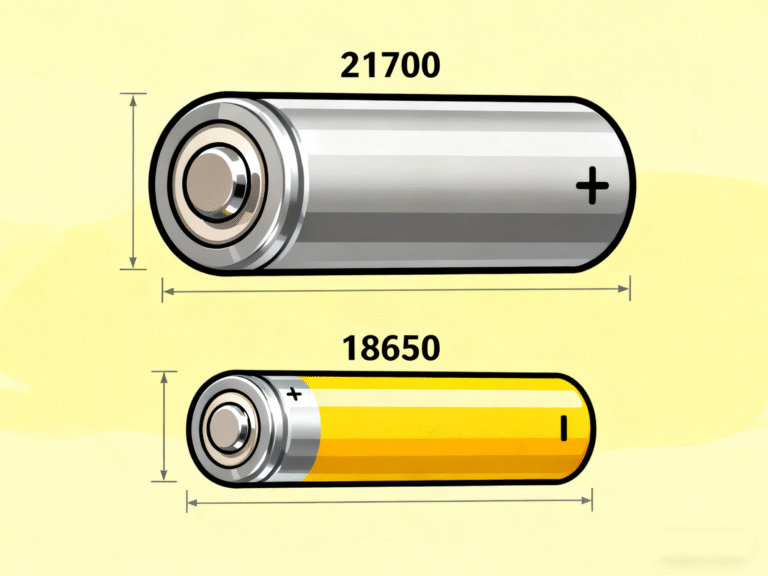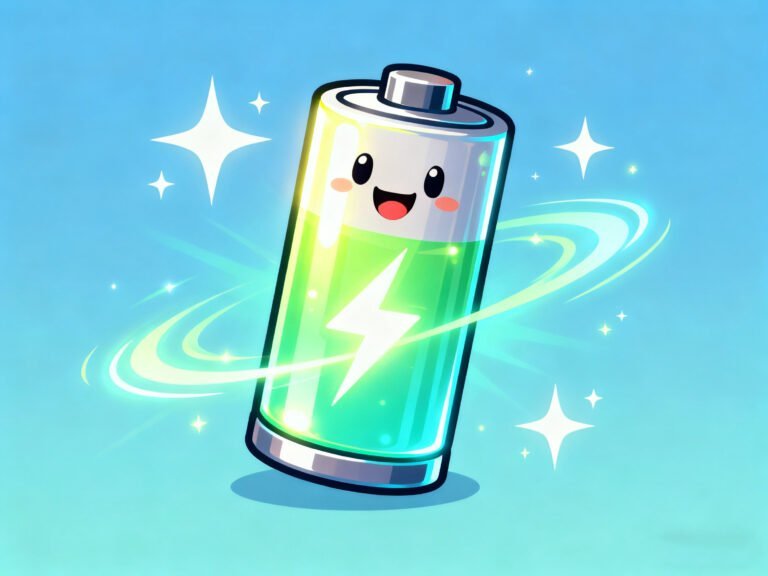In the rapidly growing electric bike (eBike) market, the battery is often regarded as the “heart” of the vehicle. Among various battery voltage options, 36V lithium-ion batteries are one of the most common and versatile choices for urban commuters, light trail riders, and casual cyclists. Whether you are a manufacturer, distributor, or end user, understanding how to select the best 36V eBike battery can significantly enhance performance, safety, and overall riding experience.
This guide will walk you through the key considerations when choosing a 36V eBike battery—from capacity and chemistry to form factor, protection systems, and trusted suppliers. Let’s dive in.
1. What Is a 36V eBike Battery?
A 36V eBike battery refers to a lithium-ion battery pack with a nominal voltage of 36 volts, typically built from 10 lithium cells connected in series (10S). Each cell has a nominal voltage of 3.6V, making the total system voltage 36V.
This voltage platform is widely used in low- to mid-power eBike models. It provides a balance between efficiency, weight, and affordability—ideal for daily commuting, city cruising, and moderate hill climbs.
2. Determining the Right Capacity (Ah) for Your Needs
Battery capacity, measured in ampere-hours (Ah), indicates how much energy a battery can store. It directly impacts the bike’s range. Choosing the appropriate capacity depends on your typical riding behavior and terrain:
| Use Case | Recommended Capacity | Estimated Range (Flat Road) |
| Short city rides (10–20km) | 8–10Ah | 20–35km |
| Medium commuting (20–40km) | 12–14Ah | 35–55km |
| Long-distance travel (40km+) | 15Ah or more | 55–80km or more |
Note: Actual range varies depending on rider weight, motor efficiency, assist level, terrain, and wind conditions.
3. Understanding Battery Chemistry: NCM vs. LiFePO4
One of the most crucial decisions in selecting a 36V battery is choosing the right cell chemistry. The two main types in the eBike industry are:
a. NCM (Lithium Nickel Cobalt Manganese Oxide)
- High energy density
- Lightweight
- Affordable
- Cycle life: 500–800 cycles
- Ideal for: Urban riders, lightweight designs
b.Lithium Iron battery
- Excellent thermal stability and safety
- Long lifespan: 2000+ cycles
- Slightly heavier
- Higher upfront cost
- Ideal for: Heavy-duty use, hilly terrain, longer battery life
Recommendation: Choose NCM for lightweight portability and LiFePO4 if you value longevity and safety above all.
4. Voltage, Compatibility, and Power Output
While the nominal voltage is 36V, it’s essential to ensure compatibility between your battery and motor/controller system. Some motors are optimized for 36V, while others may operate better at 48V or higher.
- Matching voltage: Ensure your motor is rated for 36V.
- Controller compatibility: Voltage and max current must match your controller’s limits.
- Power output: A 36V system typically delivers between 250W–500W, suitable for moderate usage.
Avoid mismatched systems, which may lead to performance issues or system failure.
5. Physical Design & Mounting Options
A battery’s size, shape, and mounting style should be compatible with your bike’s frame and design. Common 36V eBike battery formats include:
a. Down Tube Batteries
- Sleek, aerodynamic
- Mounted on the frame’s down tube
- Ideal for sport and mountain eBikes
b. Rear Rack Batteries
- Mounted on the luggage rack
- Suitable for cargo, city, or step-through bikes
c. Integrated Batteries
- Built into the frame
- Offers a clean look, often used in high-end eBikes
- Before buying, check:
- Mounting bracket compatibility
- Battery dimensions
- Connector type (e.g., XT60, Anderson, DC plug)
6. Smart Battery Management System (BMS)
The BMS is the brain of the battery pack. It ensures optimal performance and safety by monitoring and controlling charging/discharging.
Key features to look for in a BMS:
- Overcharge and over-discharge protection
- Short circuit protection
- Thermal cutoff
- Cell balancing
- State-of-charge estimation
An advanced BMS improves battery life, prevents damage, and enables accurate power indicators on your eBike display.
7. Safety and Durability: Waterproofing and Structure
For outdoor use, your 36V eBike battery should withstand rain, splashes, and vibrations. Look for:
IP rating: Minimum IP65 for dust and water resistance
Reinforced casing: Thick ABS or aluminum housing
Shock resistance: Internal support pillars and padding
Thermal management: Prevent overheating in hot climates
A well-built battery prevents accidents, malfunctions, and extends longevity—especially in challenging riding environments.
8. Charging Time and Charger Compatibility
Your battery’s charging system should be compatible with local voltage standards and matched to the battery specifications.
Full charge voltage: 42V for a 36V battery
Charging current: 2A–5A depending on the battery size
Charge time: 4–8 hours (varies by charger and capacity)
Choose a charger with proper certification (UL/CE), thermal protection, and compatibility with your battery’s charging port.
9. Certifications and Safety Standards
Reliable 36V eBike batteries comply with international standards and undergo rigorous testing. Look for:
CE / FCC / RoHS: For electromagnetic safety and environmental compliance
UN38.3: Required for air transportation
MSDS: Material safety data sheet
EN 50604: European safety standard for eBike batteries
For OEMs and importers, certified batteries ensure regulatory compliance in global markets, avoiding customs and legal issues.
10. Brand Reputation and Warranty
Always purchase from reputable manufacturers with proven expertise in lithium battery technology. A quality manufacturer offers:
Consistent cell sourcing (e.g., Samsung, LG, CATL)
Automated assembly and testing equipment
Strong after-sales service and technical support
Transparent warranty policy (typically 12–24 months)
11. Why Choose Shenzhen First Power Energy Co.,Ltd(Yi zhan battery) for Your 36V eBike Battery Needs
FirstPower is a professional lithium battery manufacturer with over 12 years of experience, offering complete energy solutions for eBikes, electric scooters, AGVs, golf carts, and more.
Our 36V eBike battery advantages:
Customizable capacities: 8Ah to 20Ah
Multiple formats: down tube, rack mount, and integrated
Premium cells from Tier-1 suppliers
Advanced BMS with Bluetooth/app monitoring available
IP65 waterproof, shock-resistant design
Certifications: CE, UN38.3, RoHS, EN50604 compliant
Global export experience with support for OEM/ODM orders
We offer full-stack engineering support—from mechanical design to firmware development—ensuring seamless integration with your eBike system.
12. Common Mistakes to Avoid When Choosing a 36V Battery
Ignoring compatibility: Always confirm motor and controller specs before selecting a battery.
Underestimating range: Choose slightly more capacity than your typical ride to avoid range anxiety.
Buying low-cost, uncertified products: Safety and performance risks are not worth the savings.
Neglecting after-sales service: Ensure your supplier offers warranties and technical support.
13. Future Trends in 36V Battery Technology
With eBike demand soaring, battery technologies continue to evolve:
Smarter BMS with mobile apps and real-time diagnostics
Faster charging via higher efficiency chargers (e.g., GaN)
Energy-dense 21700 cells replacing older 18650 cells
Modular battery systems for swappable packs
Greener production and recycling initiatives
Choosing a forward-thinking supplier ensures you stay aligned with these trends.
14. Conclusion: What to Look for in a 36V eBike Battery
A high-quality 36V eBike battery should deliver the right mix of power, range, safety, and reliability for your specific needs. Here’s a quick checklist:
✅ Compatible voltage and connectors
✅ Adequate capacity for your riding style
✅ Durable, waterproof casing
✅ Reliable BMS with safety protection
✅ Certified and tested for your region
✅ Supplied by a trusted brand like FirstPower
Let’s Power the Future Together
At Shenzhen First Power Energy Co.,Ltd(Yi zhan battery), we’re committed to delivering world-class lithium battery solutions to meet the evolving needs of the E-Mobility market. If you’re a bike brand, distributor, or fleet operator looking for a trusted 36V battery partner, contact us today for free samples, technical specs, or OEM consultation.
📧 Email: sales@szfirstpower.com
📍 Factory: Dongguan, China | Export to EU, USA, Japan







